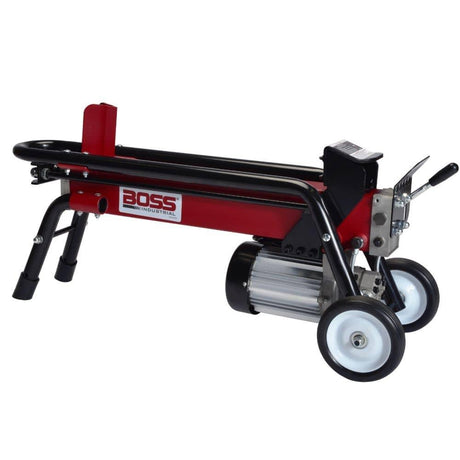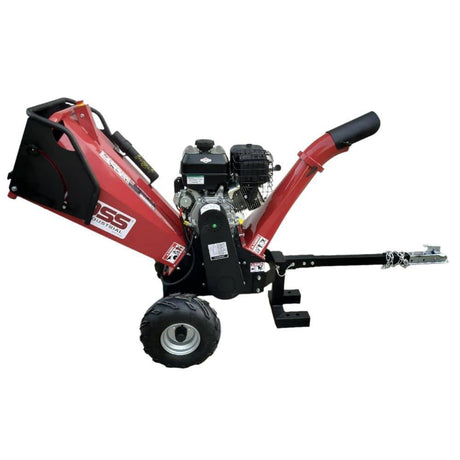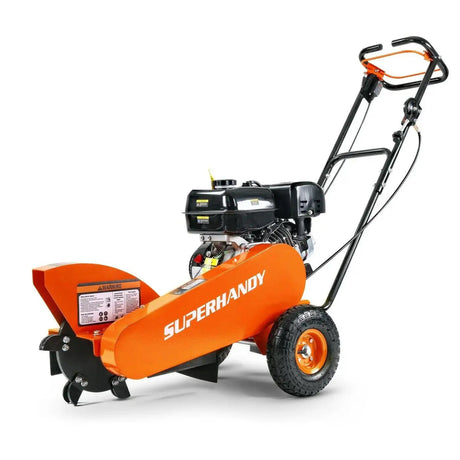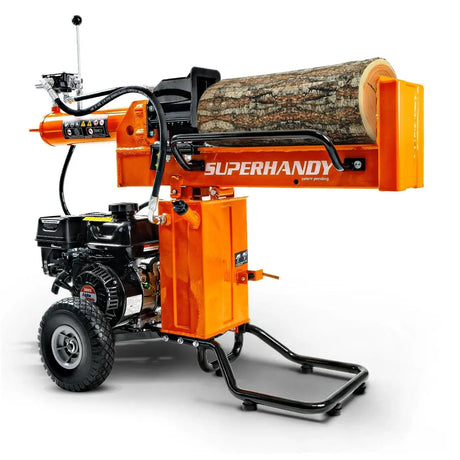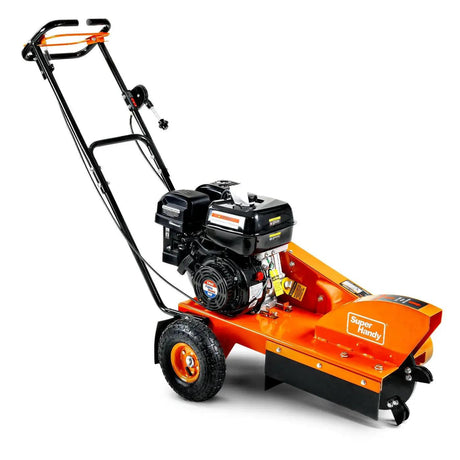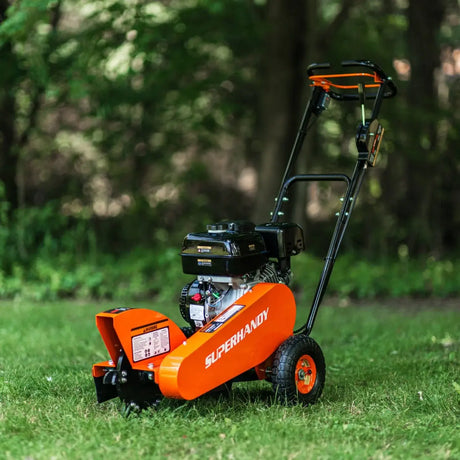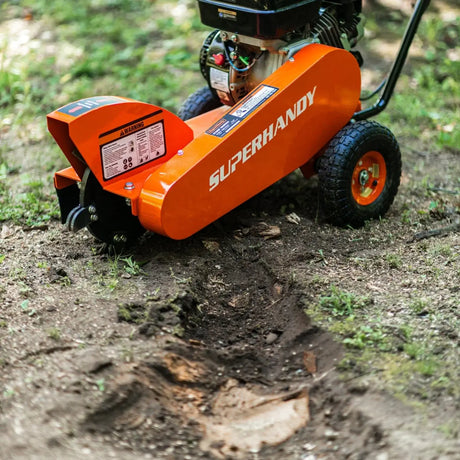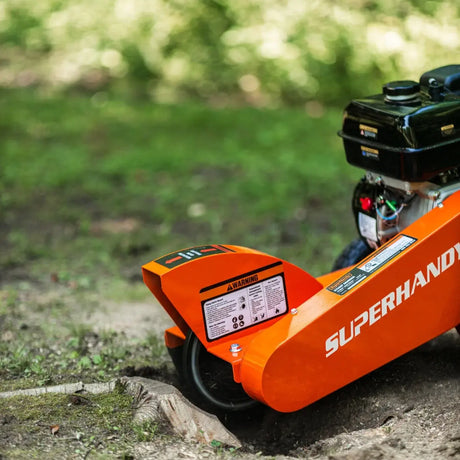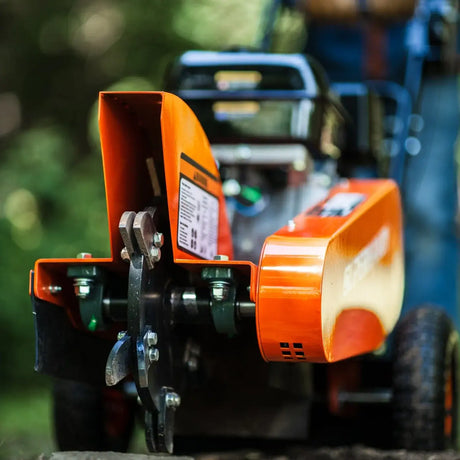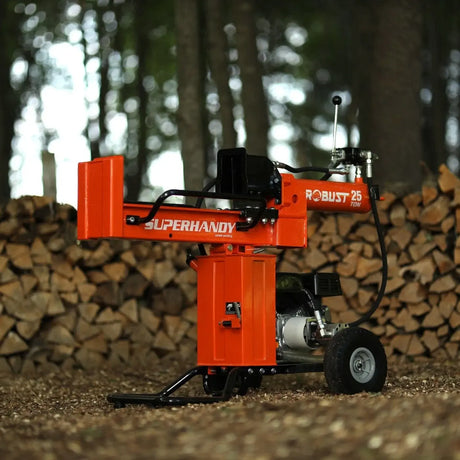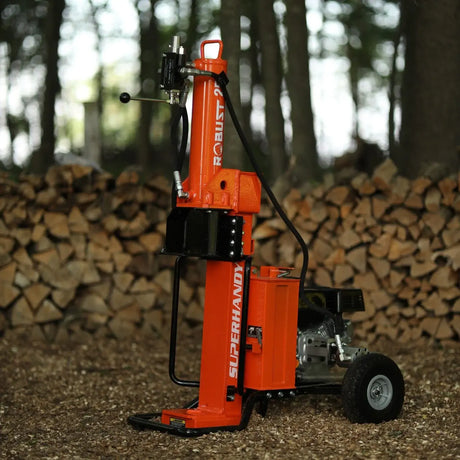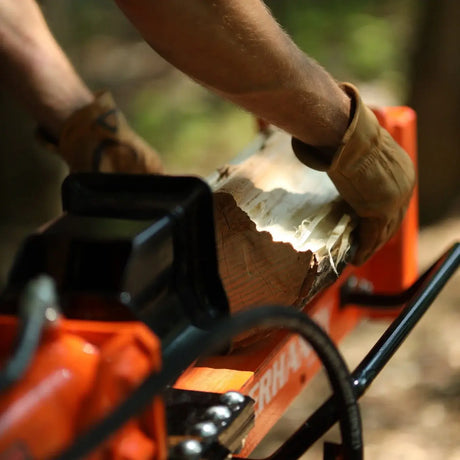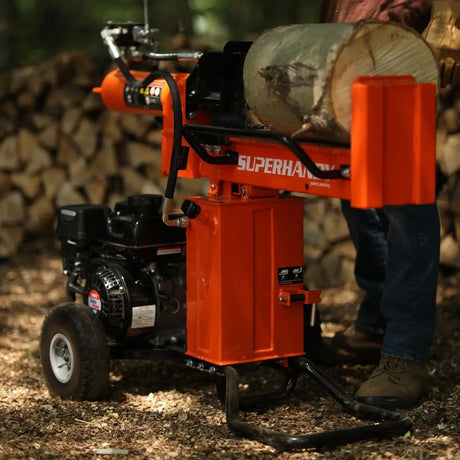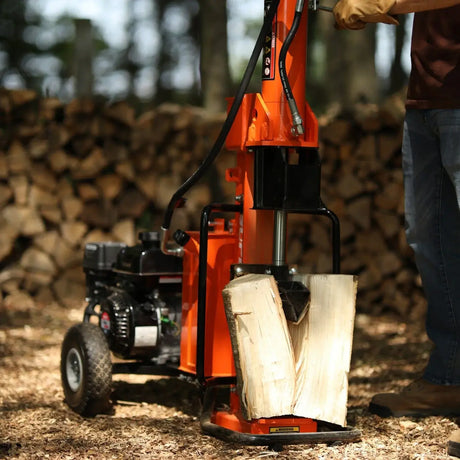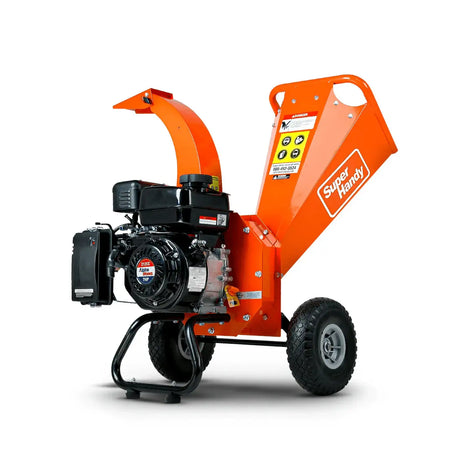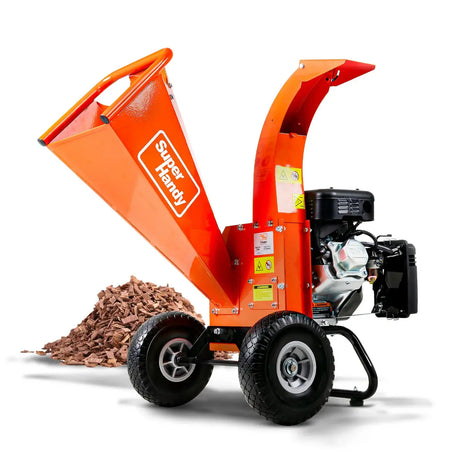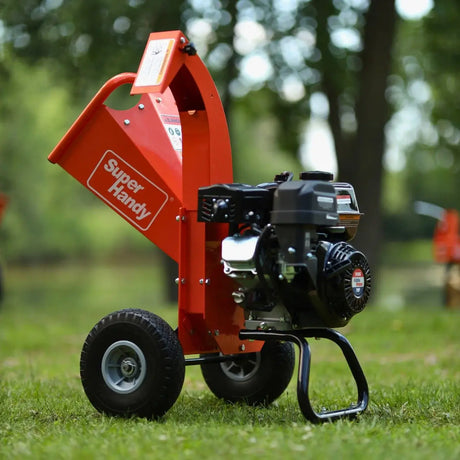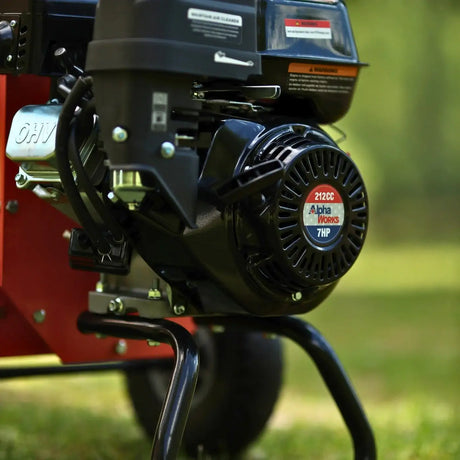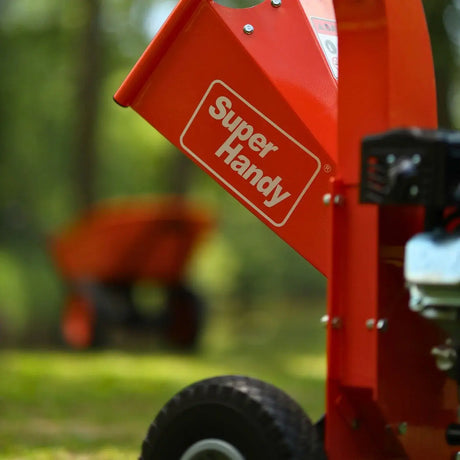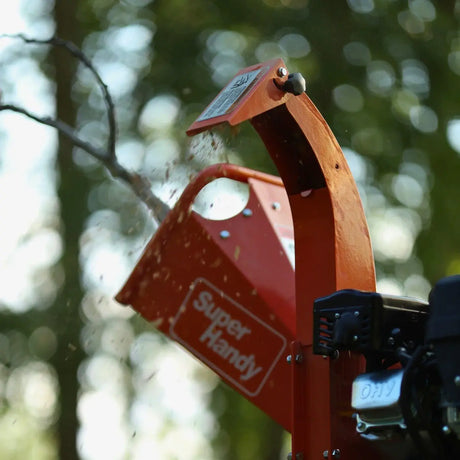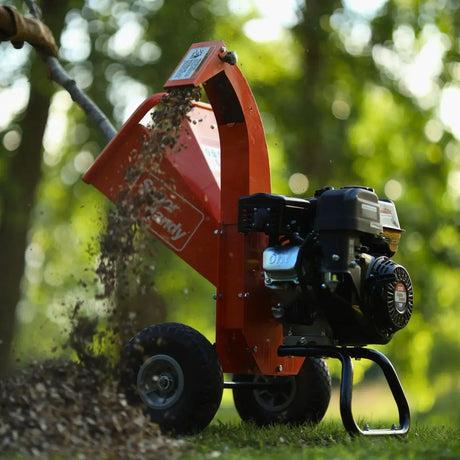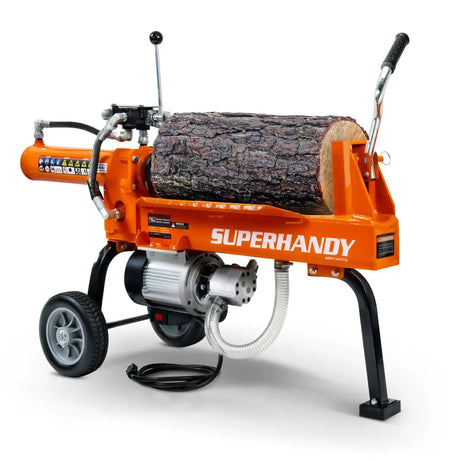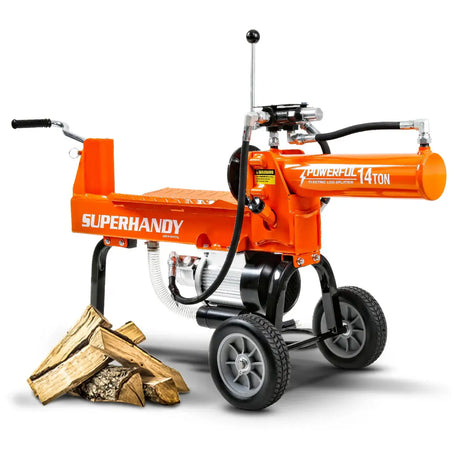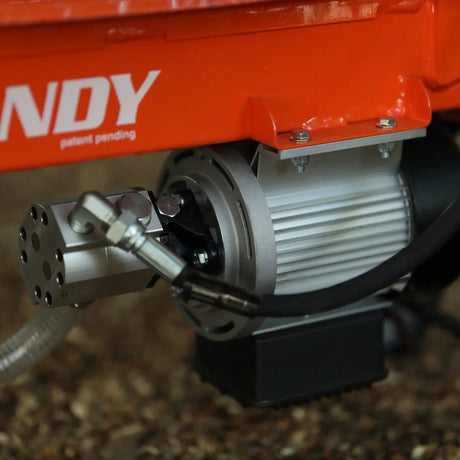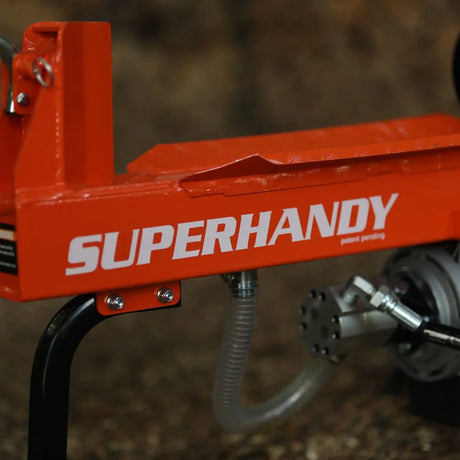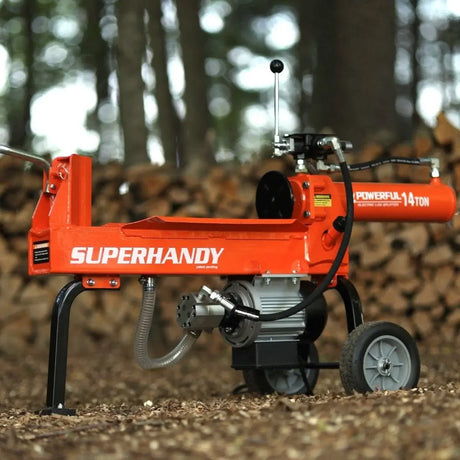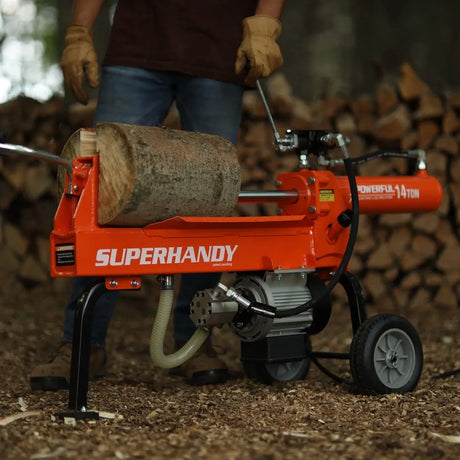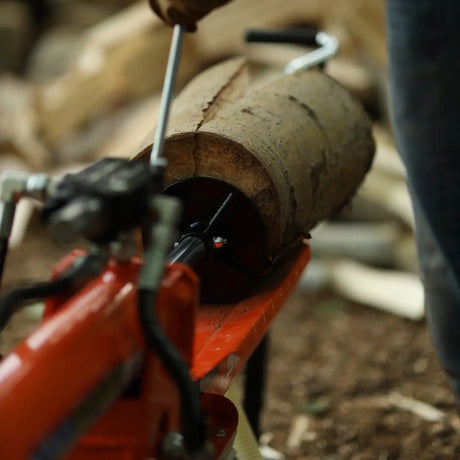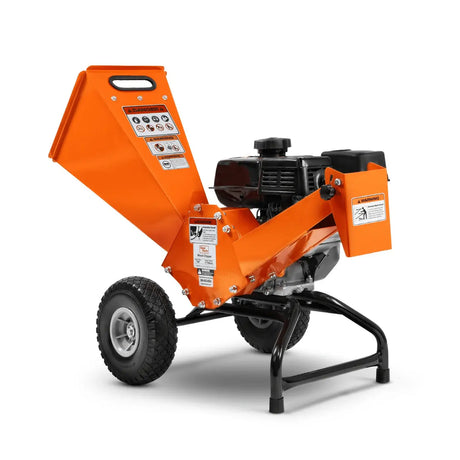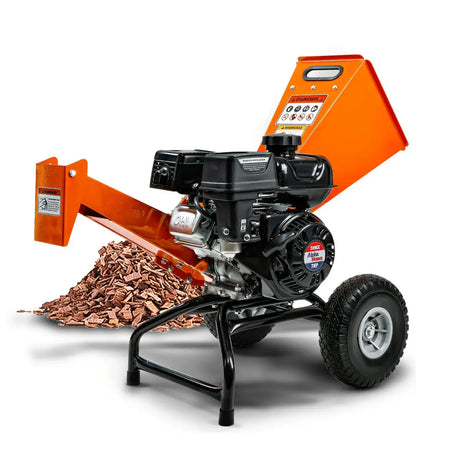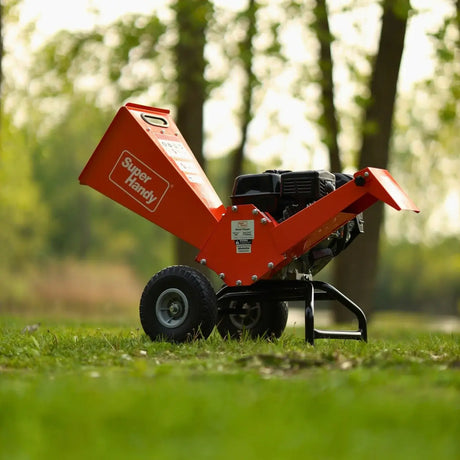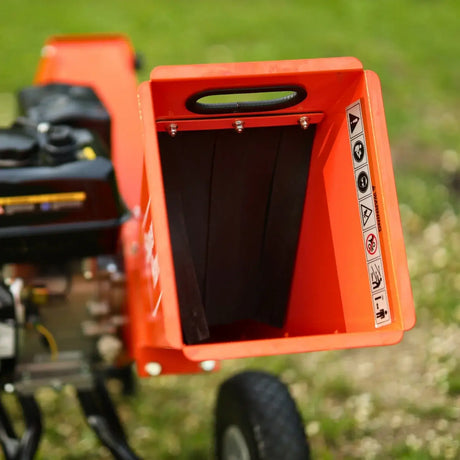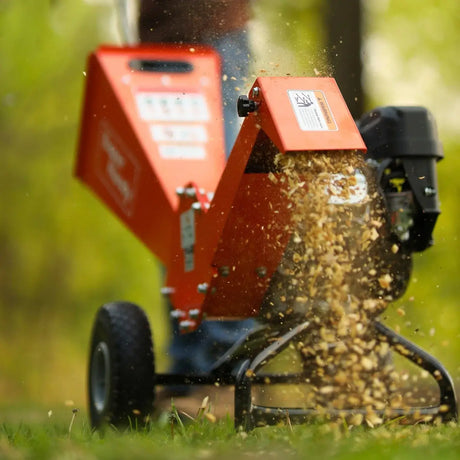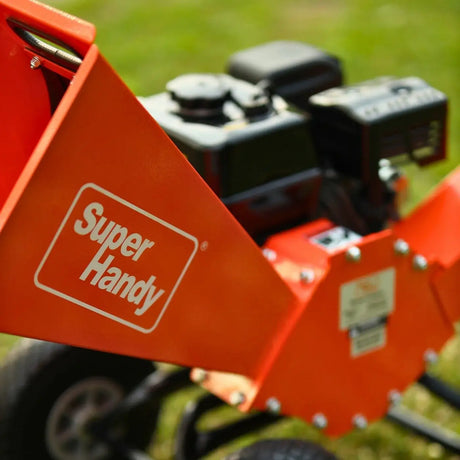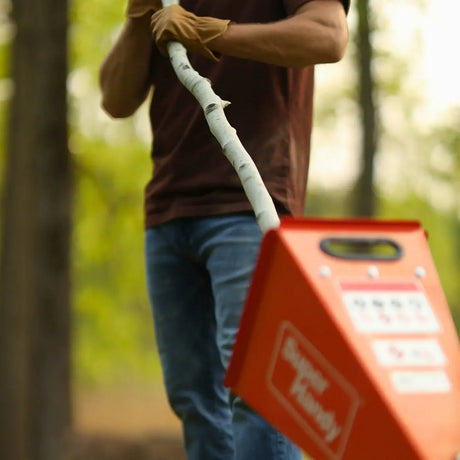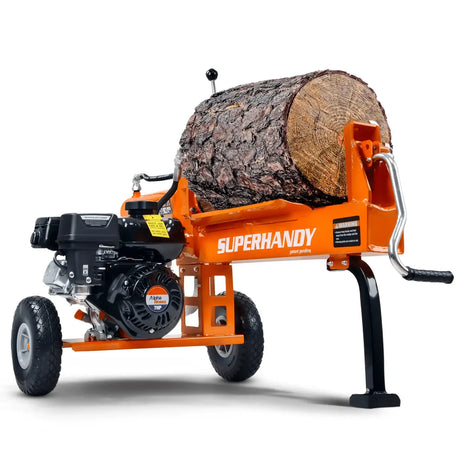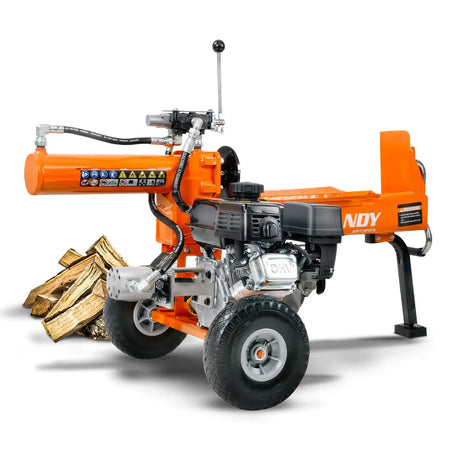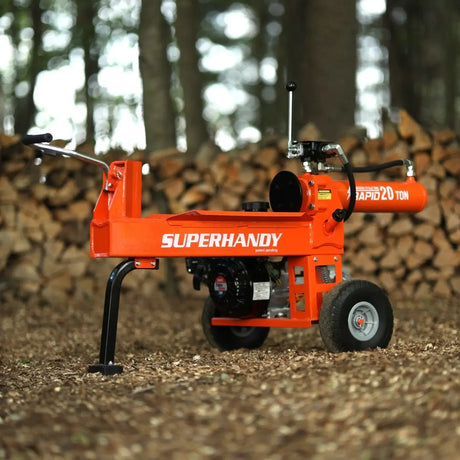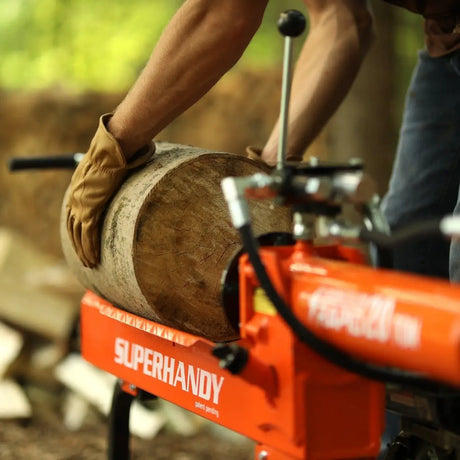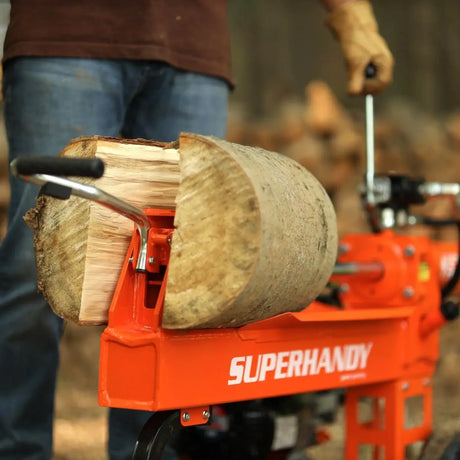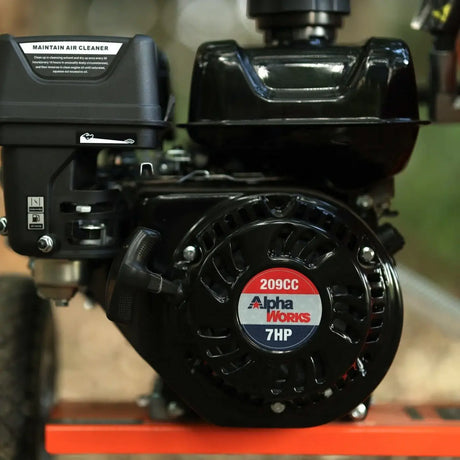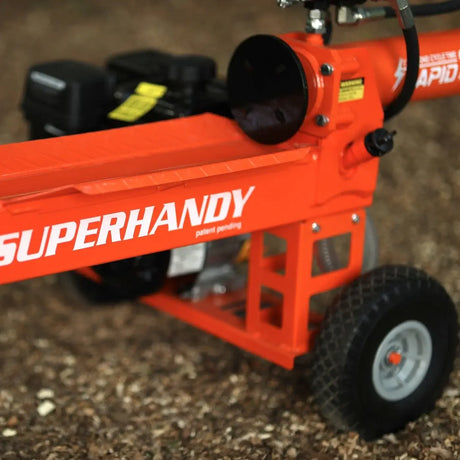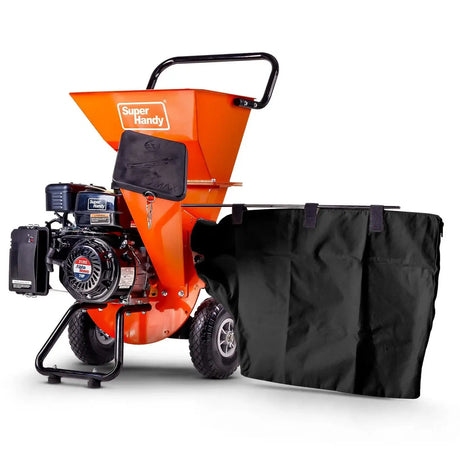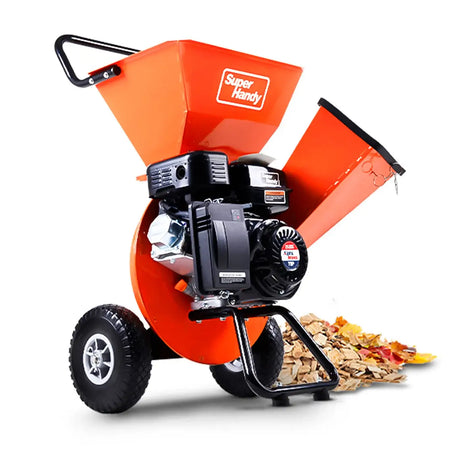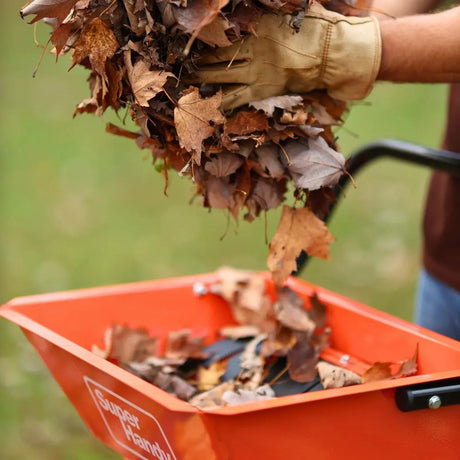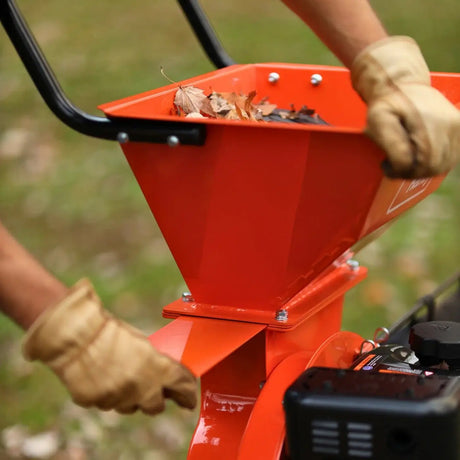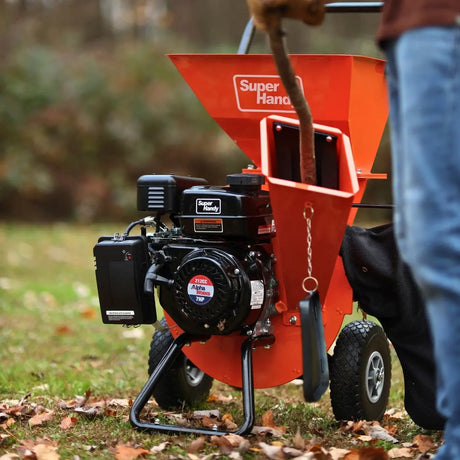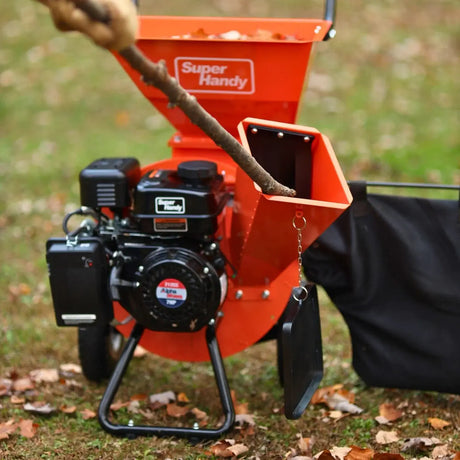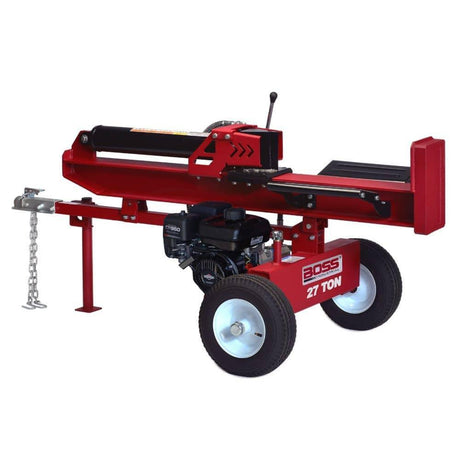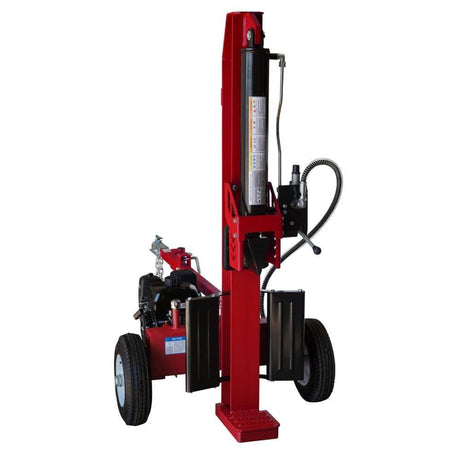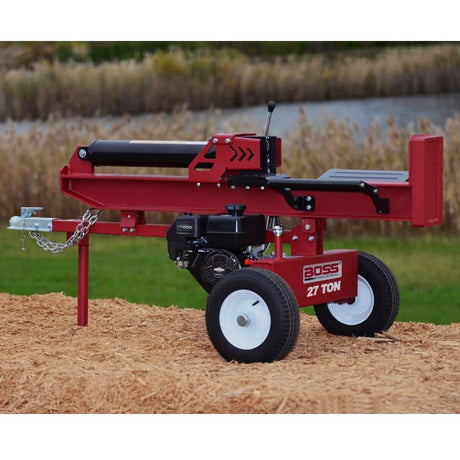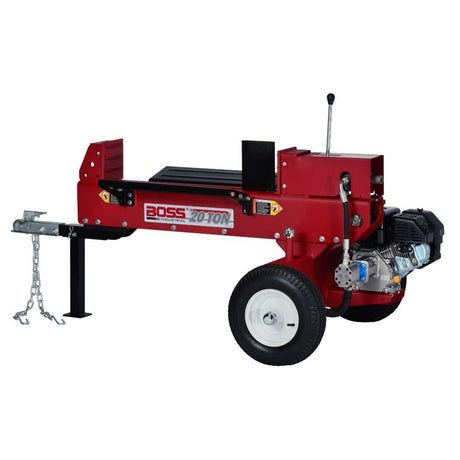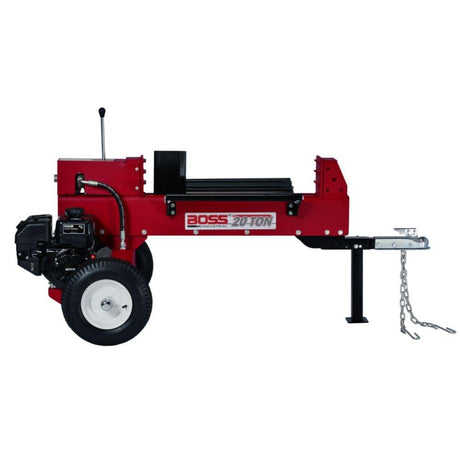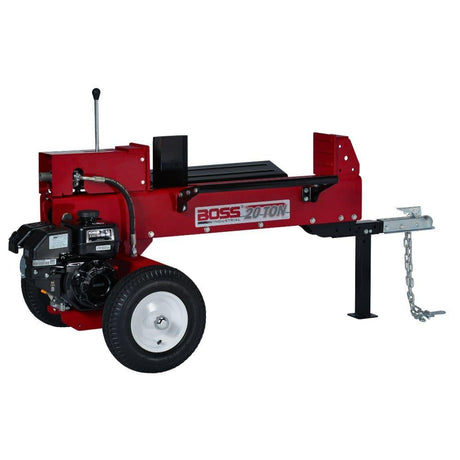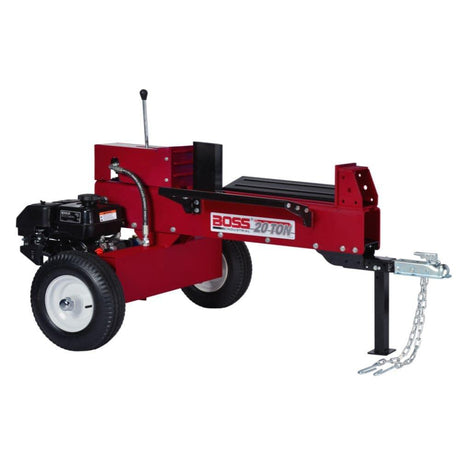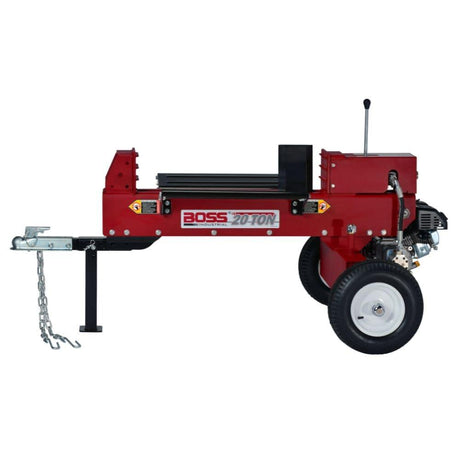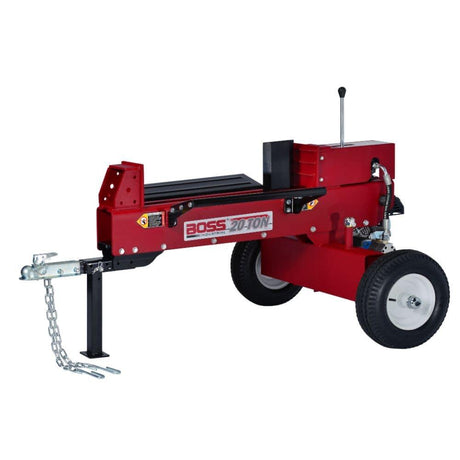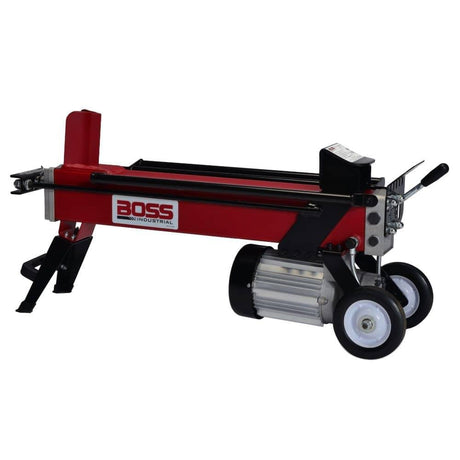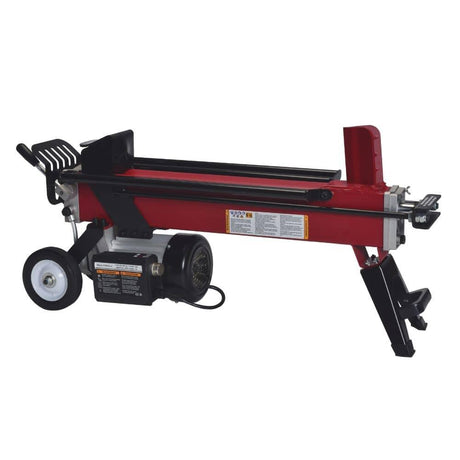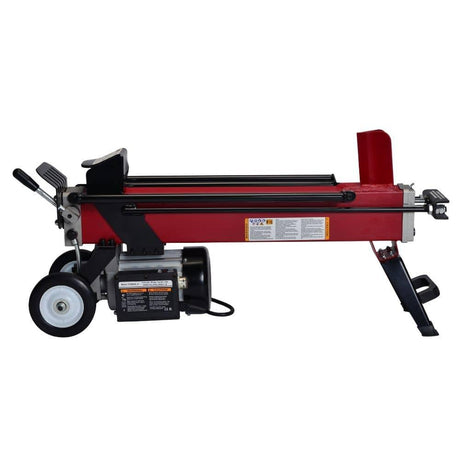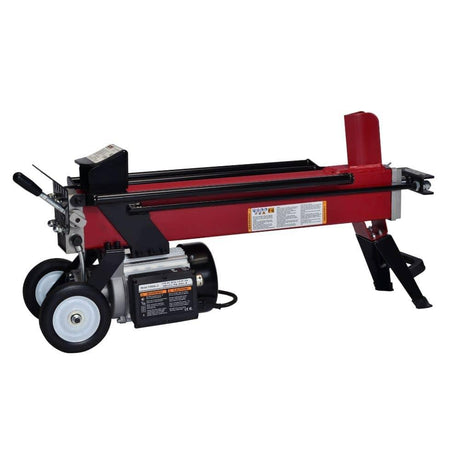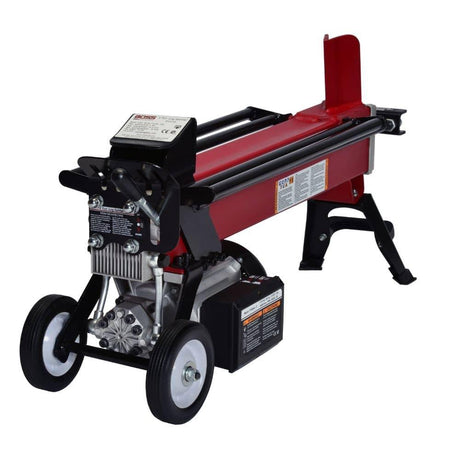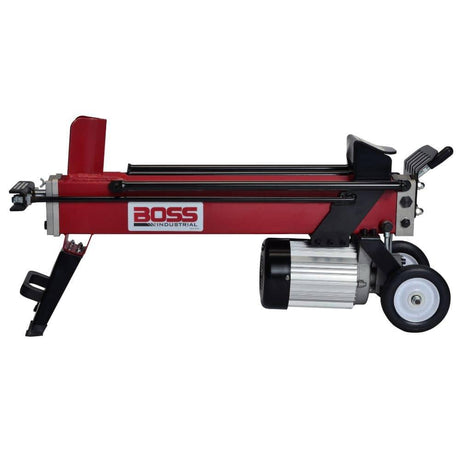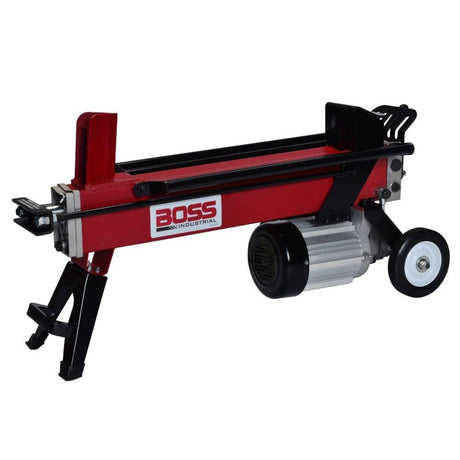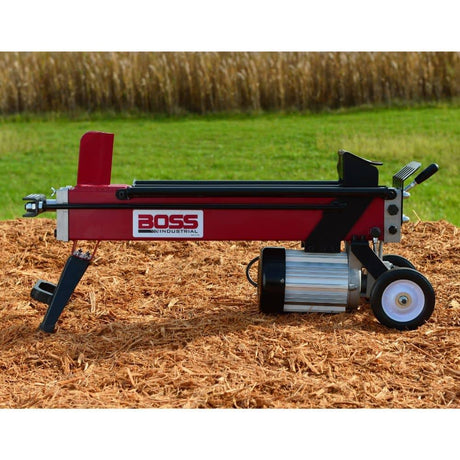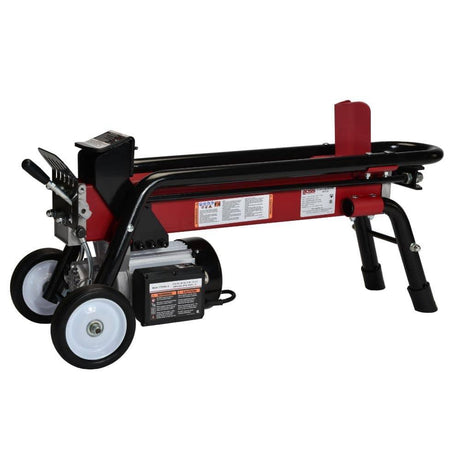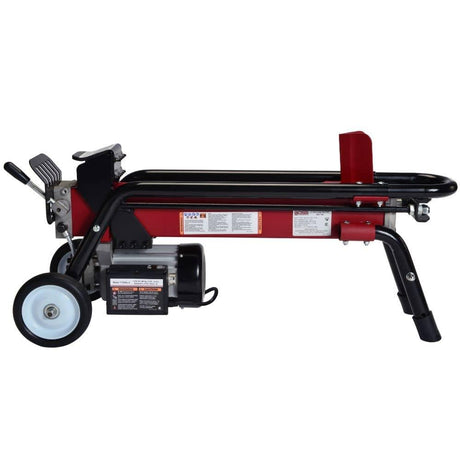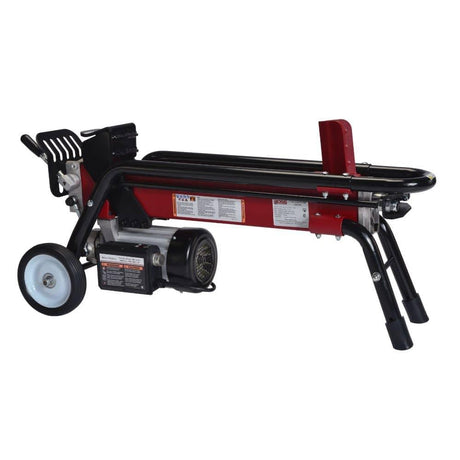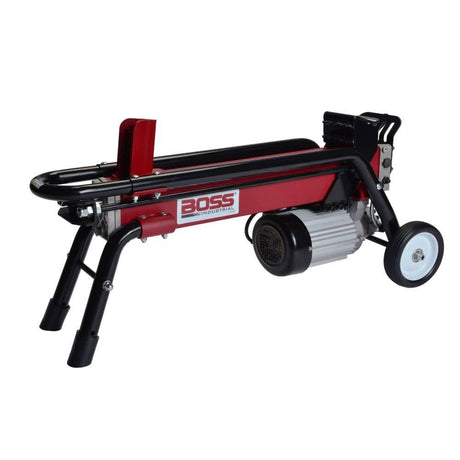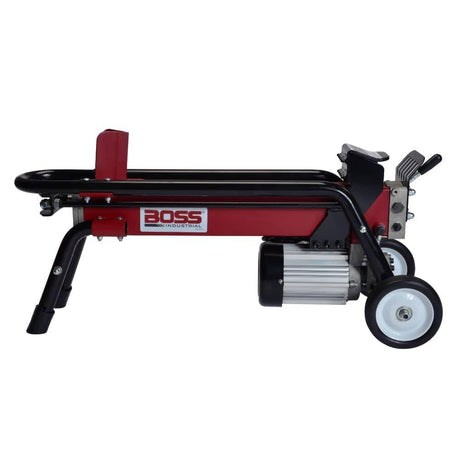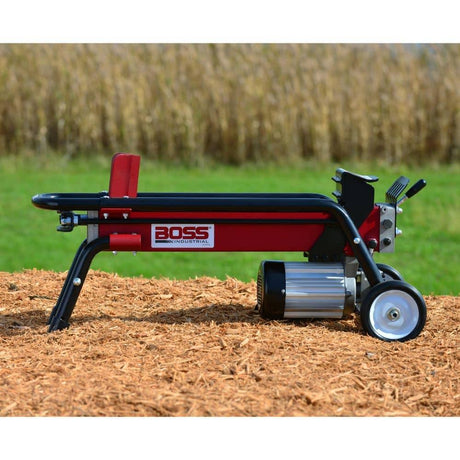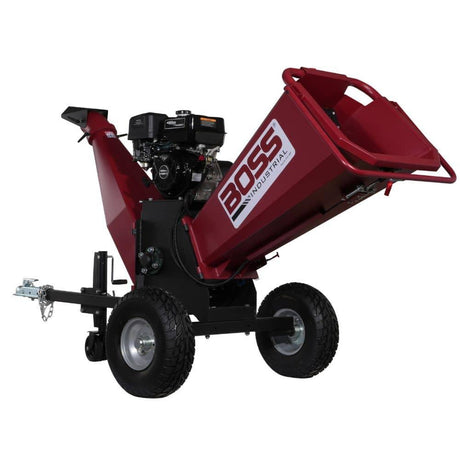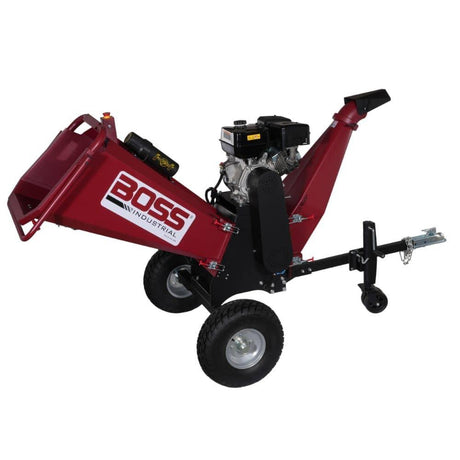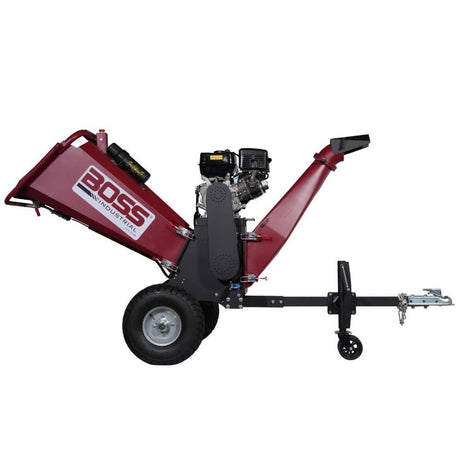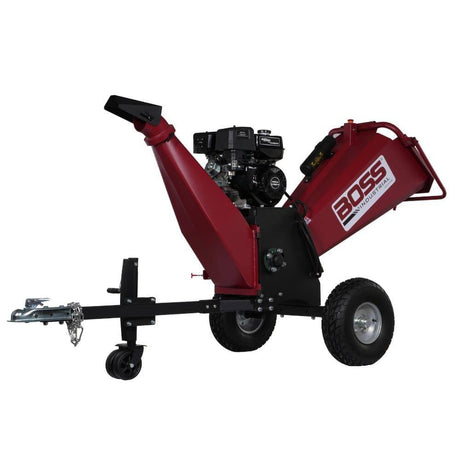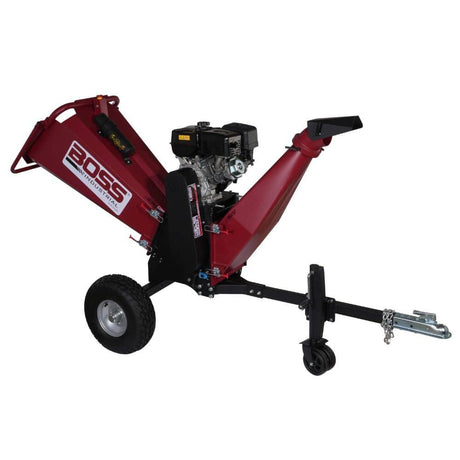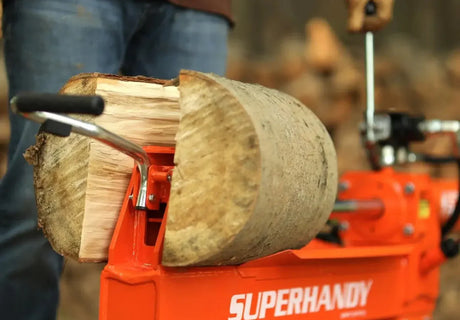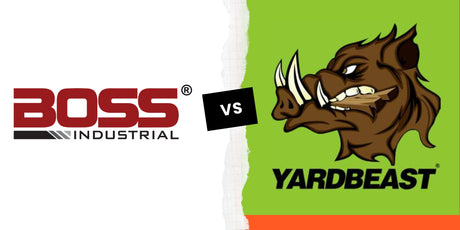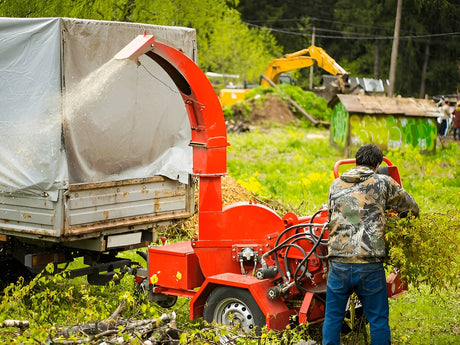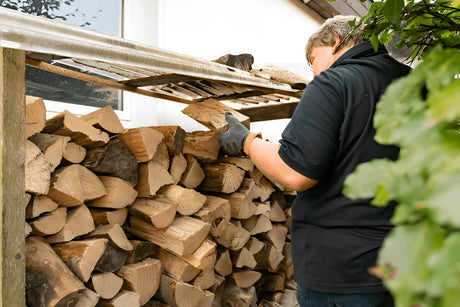If you've ever struggled to split a stubborn log-even with a solid log splitter-it likely comes down to wood hardness and grain. Not all firewood is created equal. Some split clean like butter. Others? They'll make you question your life choices. This guide helps you figure out exactly what you're dealing with and how much splitting force you'll need based on wood type, density, and moisture.
Let's break it down clearly so you can stop guessing and start splitting smarter.
For more on matching splitter power to wood type, see our Log Splitter Tonnage Chart: Best Power by Wood Type to pick the ideal machine.
Key Takeaways
- Harder woods need more splitting force-sometimes over 24 tons.
- Grain structure matters just as much as hardness-elm and sweet gum are nightmares despite lower Janka ratings.
- Softwoods like pine and cedar are easy, even with smaller machines.
- Knowing this saves you time, fuel, and wear on your splitter.
Wood Hardness, Splitting Difficulty, and Tonnage Requirements
The table below compares Janka hardness, splitting difficulty, and the tonnage required to split a 10-inch log, both dry and green. It's a practical cheat sheet for anyone trying to size their log splitter-or wondering why that one log just won't crack.
| Wood Type | Hardness (Janka) |
Category | Splitting Difficulty | Tonnage Required for 10 in. log Dry / Green |
Splitting Notes ⚙️ |
|---|---|---|---|---|---|
| Dogwood | 2,150 lbf | 🧱 Very Hard Hardwood | 🔴 Very Hard | 24+ tons / 16+ tons | Extremely dense; even seasoned logs are tough |
| Ironwood (Hornbeam) | 2,040 lbf | 🧱 Very Hard Hardwood | 🔴 Very Hard | 24+ tons / 16+ tons | Rarely splits clean; needs high force and sharp wedge |
| Hickory | 1,820 lbf | 🪵 Hard Hardwood | 🔴 Hard | 20+ tons / 13+ tons | Very strong; best split when fresh |
| Hard Maple | 1,450 lbf | 🪵 Hard Hardwood | 🟠 Moderate | 20+ tons / 13+ tons | Tough but clean; dry wood easier |
| Beech | 1,300 lbf | 🪵 Hard Hardwood | 🟠 Moderate | 20+ tons / 13+ tons | Dense grain; splits better when dry |
| White Oak | 1,360 lbf | 🌿 Medium Hardwood | 🟡 Moderate | 16+ tons / 11+ tons | Clean splitter; avoid splitting when wet |
| Red Oak | 1,290 lbf | 🌿 Medium Hardwood | 🟢 Easy | 16+ tons / 11+ tons | Easy to split seasoned; green requires more power |
| Ash | 850–1,200 lbf | 🌿 Medium Hardwood | 🟢 Easy | 16+ tons / 11+ tons | Top choice for firewood; seasons well |
| Sweet Gum | 850 lbf | 🪵 Hard Hardwood | 🟠 Difficult | 20+ tons / 13+ tons | Fibrous nightmare — even at 10" |
| Elm | 830 lbf | 🧱 Very Hard Hardwood | 🔴 Very Difficult | 24+ tons / 16+ tons | Avoid unless you love frustration |
| Sycamore | 770 lbf | 🌿 Medium Hardwood | 🟠 Moderate | 16+ tons / 11+ tons | Soft but fibrous; may tangle your blade |
| Pine (Softwood) | 420–870 lbf | 🌲 Softwood | 🟢 Easy | 11+ tons / 9+ tons | Easy if dry; sticky sap when green |
| Cedar (Softwood) | 350–900 lbf | 🌲 Softwood | 🟢 Very Easy | 11+ tons / 9+ tons | One of the easiest; ideal for low-force machines |
To see how density varies across species, refer to the Wood Density Chart by Species (lb/ft, lb/cord).
What This Table Shows
This table organizes wood species by:
- Hardness (Janka scale) - Measured in pounds-force (lbf), it shows how dense the wood is.
- Splitting Difficulty - A real-world rating based on grain pattern and fiber behavior.
- Tonnage Needed - Minimum splitting force required for a 10-inch log, both dry and green.
Here's the thing: not all "hard" woods are hard to split. And not all "easy" woods behave well. Elm, for example, has moderate hardness but tangled grain-it's miserable to split even with 25 tons. Red oak, on the other hand, is dense but splits beautifully when dry.
This table helps you stop relying on guesswork and plan accordingly.
If you want to know how long those logs take to season, check our Firewood Drying Times by Wood Type [Complete Chart] for complete drying timelines.
How to Use This Data in Real Life
1. Pick the Right Log Splitter for the Wood You Burn
- Burning mostly oak or ash? A 20-ton splitter will handle most logs up to 12 inches.
- Have hickory or ironwood on your property? You'll need 25+ tons and a sharp wedge.
- Cutting up pine or cedar? You're good with a smaller splitter-11 tons will do the job.
2. Avoid Wasting Time on the Wrong Logs
Logs like elm or sweet gum? They're tough. Don't let them clog your workflow. Stack them aside or save them for when you've got more time-and patience.
Pro tip: If it's been raining and the logs are green, bump up your expected tonnage by 30-40%. Moisture adds resistance.
3. Plan Ahead Based on Wood Mix
If you're ordering or processing firewood, this helps you:
- Choose which species to prioritize for easier splitting and drying.
- Avoid underpowered machines if dealing with tough hardwoods.
- Estimate fuel usage more accurately based on force required.
4. Match Log Size to Splitter Strength
Larger logs (10"+ diameter) need exponentially more power. Even a wood like ash-normally easy-needs more than 16 tons if it's over 12 inches thick and still green.
Final Thoughts
Understanding wood hardness and splitting difficulty is a game-changer. It saves you hours of frustration, broken wedges, and wasted fuel. Whether you're a homeowner prepping for winter or a pro running a yard service, this info lets you match the right tool to the job.
Need a splitter that can handle hickory, ironwood, or elm? Check out our heavy-duty log splitters here →
Or if you're mostly working with pine, ash, or oak-don't overspend. A mid-range unit will handle it all season long.
Ready to split smarter? You've got the data now. Time to put it to work.
To understand heat output from different woods, refer to our Firewood BTU Chart by Wood Type: Heat Output Comparison for Home Heating for detailed energy comparisons.


